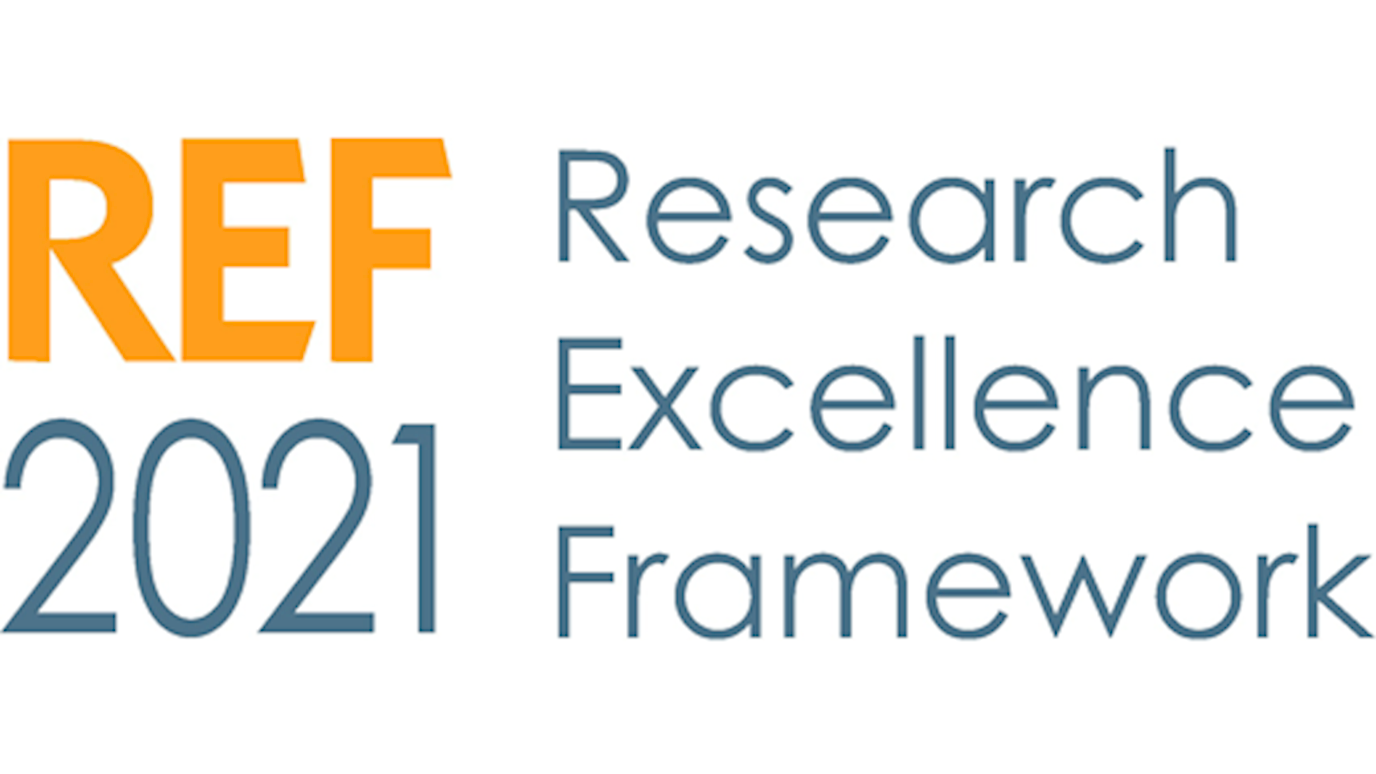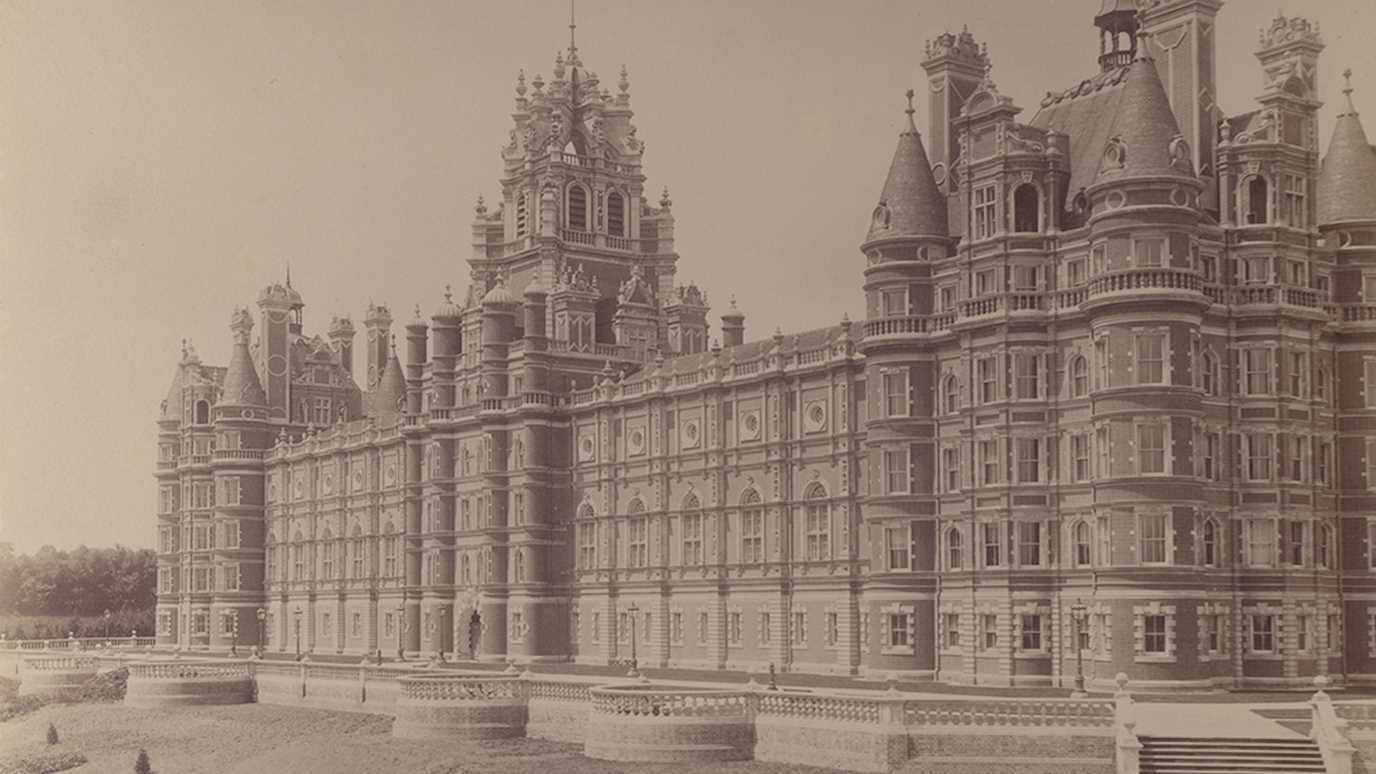Published on 21 February 2021
Introduction
The Pension Schemes Act 2021 received Royal Assent on 11 February 2021. It brings with it many changes to the Pensions Act 2004 affecting pension scheme trustees, employers, and advisers. Some of these changes also affect insolvency practice. This article tries to clarify the consequences of the Pension Schemes Act 2021 for corporate insolvency practice.

Pension Schemes
There are two main types of private pensions in the UK. More recently, employers have moved towards defined contribution (DC) pension schemes. In DC pension schemes, workers contribute with part of their salaries to a workplace or private pension through their employers. These contributions are usually made on a monthly basis. The money is put into investment by the pension provider and the value of the employee’s pension varies depending on the performance of such investment. The return to the worker depends on how much was paid in the scheme and on the performance of the investment.
The employer’s liquidation or administration is unlikely to affect DC schemes, provided that contributions remained current throughout the employment. The scheme is independent from the employer. Unpaid employment contributions can be claimed from the National Insurance Fund. If the pension provided which runs the scheme enters into a formal insolvency proceeding, the worker can seek compensation from the Financial Services Compensation Scheme.
The traditional type of private pension, however, has always been the defined benefit (DB) pension scheme. A DB pension (also called a “final salary” pension) is a type of workplace pension that pays a retirement income based on the salary and the number of years the employee has worked for the employer. It is irrelevant the amount of money the worker contributed to the pension. Nowadays, most private sector DB pension schemes are closed to new members and/or new accruals. However, DB pension schemes remain an integral part of the UK pensions system, with an estimated 10.4 million members relying on them.[1]
Shortfalls in DB pension schemes are far from uncommon. According to the latest figures available on the PwC’s Skyval index,[2] the funding deficit for the UK’s 5,000-plus corporate DB pension schemes was in the region £120 billion in January 2021.
On a company’s insolvency, the DB pension scheme is protected by the industry lifeboat fund run by the Pension Protection Fund (PPF).[3] Created by the Pensions Act 2004, the PPF is an insurance arrangement and a statutory public corporation accountable to Parliament through the Secretary of State for the Department for Work and Pensions (DWP). The Government is clearly interested in reducing the instances in which the PPF is called to rescue an insolvent DB pension scheme.

TPR Regulatory Powers
The Pension Regulator (TPR) is the body that regulates work-based pension schemes. It became operational on 6 April 2005. One of its goals is to hold directors and shareholders accountable for imbalances in the pension schemes. To achieve this goal, TPR can issue contribution notices and financial support directions.
TPR used to have the power to issue contribution notices[4] as a result of being of the opinion that the “material detriment” test was met.[5] A contribution notice for breach of the material detriment test can be issued if:
- the act, or failure to act, has been materially detrimental to the likelihood of the accrued scheme benefits being received (whether the benefits are to be received as benefits under the scheme or otherwise);
- the statutory defence is not met in relation to the act, or failure to act; and
- it is reasonable to impose liability on the person to pay the sum specified in the contribution notice.
An alternative test (the “main purpose” test) allows TPR to challenge an act or failure to act designed to prevent the recovery of all or part of a debt due to the scheme under the Pensions Act 1995 s 75, or prevent such a debt from becoming due, or reduce or compromise that debt.
A section 75 debt is the money that the employer needs to pay to the pension scheme when he withdraws from it, for instance as a result of the employer’s insolvency.[6]
Contribution notices can be issued up to 6 years after an act, or failure to act, took place. Where section 75 debt notices are issued by the PPF against the insolvent company and rank as unsecured credits, with little chance of being paid, contribution notices are issued by TPR against persons who are associates of or connected with pension scheme employers. There are, therefore, greater chances of them being paid for the benefit of the scheme members.
Unfortunately, the grounds on which contribution notices could be issued were rather narrow, with the results that they failed to have and impact on corporate practice. TPR’s power to issue contribution notices for failure to comply with the material detriment test as well as financial support direction were seen as being largely ineffective. This emerged clearly in the cases of Nortel and Lehman,[7] as well as in the Bernard Matthews affair.[8]
TPR can also issue a financial support direction.[9] This is possible where the sponsoring employer is unable to support the scheme and where an associated party has been deriving financial gain from the sponsoring company (often a parent company or a company within the group structure).
In those situations, TPR can call on that party to put in place a long-term financial support plan for the scheme. TPR can issue a financial support direction if the scheme’s employer was either a service company or “insufficiently resourced”[10] at the relevant time. The procedure can start only up to 2 years after the relevant time. As a result, financial support directions have been few and far between.

Regulatory Changes Introduced by the Pension Schemes Act 2021
One of the most prominent changes introduced by the Pension Schemes Act 2021 – beyond the creation of the Collective Defined Contribution (CDC) pension scheme – has been the power to issue contribution notices if either the employer insolvency or the employer resources tests are met.[11] These two new tests intend to catch a much broader spectrum of behaviours and corporate activity than the current regime.
The “employer insolvency test” will be met if TPR is of the opinion of both of the following:
- Immediately after an event occurred, the value of a scheme’s assets is less than the value of its liabilities;
- If a section 75 debt[12] had fallen due from the employer immediately after the event, the act or failure to act would have materially reduced the amount of the debt likely to be recovered by the scheme.
Conversely, the “employer resources test” will be met if TPR is of the opinion of both of the following:
- An act or failure to act reduced the value of resources of the employer;
- The reduction was a material reduction relative to the estimated section 75 debt in the scheme if a debt had fallen due immediately before the act or failure to act occurred.
There is a statutory defence to avoid personal liability. This is if the target of the contribution notice can demonstrate that:
- They considered the potential impact of the act or failure to act on the pension scheme; and
- They reasonably considered there would be no impact; or
- They took appropriate steps to mitigate such impact.
In relation to the employer insolvency test only, there is an additional defence that the scheme’s liabilities were not less than its assets at the time of the event. While this statutory defence is problematic in its application, the expansion of TPR’s regulatory powers in case of the funder’s insolvency is welcome news.
To further support the activity of the regulator and discourage wilful or grossly reckless practices on the eve of insolvency, the Pension Schemes Act 2021 introduced two new criminal offences for the improper running of DB schemes: (a) avoidance of an employer debt; and (b) conduct risking accrued scheme benefits.[13] The offences do not just apply to company directors, as they could extend to shareholders, lenders, trustees and their advisers. Furthermore, these offences apply whether or not the perpetrators are aware of the consequences of their actions at the time.
The offence of “avoidance of an employer debt” includes any act or failure to act intended to prevent the recovery of the whole or any part of a section 75 debt. This includes preventing such a debt from becoming due, compromising its amount, or reducing the amount of a debt that would otherwise become due. The reference to a section 75 debt includes any contingent amount.
The offence of “conduct risking accrued scheme benefits” includes any act or failure to act that detrimentally affects in a material way the likelihood of accrued scheme benefits being received where the person knew or ought to have known that such a course of action would be likely to have that effect.
Particularly the latter offence is very broadly defined and wide reaching. It applies to any individual who knew or ought to have known that their conduct would have affected the pension scheme and had no reasonable excuse for their actions. As a result, there seems to be lack of co-ordination between the approach adopted by the legislator and the high threshold of “recklessness” or disregard which was all part of the earlier rhetoric in DWP’s March 2018 White Paper.[14]
Both of these offences carry the risk of a criminal penalty of an unlimited fine and/or imprisonment of up to seven years. Alternatively, the TPR could use its civil fining powers and fine a person committing one of these offences up to £1 million.
Consequences for Insolvency Practice
The Pension Schemes Act 2021 expands TPR’s powers to impose contribution notices on companies or directors, requiring them to make one-off and substantial contributions to pension schemes. These powers increase the chances to recover money from failed employers and third parties beyond the preferential status granted to the pension contributions in the last 4 months before the company’s collapse. However, they also present a significant obstacle for effective rescue procedures.
However, there are some issues, which arise from the implementation of these reforms.
The new tests have been incorporated into the Pensions Act 2004 in such a way that the six-year look-back period is available to TPR even though the Act is not expressly retrospective. Also, with reference to the “employer insolvency test”, this is triggered if the value of the scheme’s assets is less than the value of its liabilities as of the date that the employer became insolvent.[15] It is not clear, however, how this balance-sheet imbalance should be calculated, as courts have only provided occasional guidance on the notion of “assets”.[16]
While it is unlikely that courts will hold accountable directors for normal business activity, the same directors may nevertheless feel uncomfortable in taking swift and radical decisions to turn around their companies on the eve of insolvency absent any professional advice from independent experts. When time is of the essence, as in corporate restructurings and in a very complex geo-political climate caused by the Covid-19 pandemic, this may result in increased business failure rates.
With regards to new offences, they could capture a variety of players, including insolvency practitioners and other professional advisors – such as trustees and company doctors[17] – commonly involved in a restructuring. Their only defence against personal liability and an order to contribute would be to demonstrate that they acted with “reasonable excuse”, a term not defined in the legislation.
The major issue, however, is represented by the potential risk of a civil claim and fines of up to £1 million. This may well be a risk that insolvency practitioners and company doctors are not willing to accept when seeking to restructure a company that has a DB pension scheme. It may also push lenders to reject calls for additional corporate funding during restructuring. This is because their requests for additional security to support high-risk lending facilities during turnaround efforts may later be challenged as “conduct risking accrued benefits”.
Finally, the Pension Schemes Act 2021 should not be considered in isolation. Less than a year before its introduction, the Corporate Insolvency and Governance Act 2020 (CIGA 2020) also introduced significant changes to the corporate insolvency framework.
One of the most notable changes in the CIGA 2020 is the introduction of a new free-standing moratorium. This causes the directors to remain in control of the company under the supervision of a monitor (a licensed insolvency practitioner) whilst they seek to rescue the company. The moratorium is granted for an initial period of 20 days, but further extensions for a period of up to 1 year are possible. The CIGA 2020 provides that notice should be given to both the trustees of the pension schemes as well as the PPF. Both the trustees and the PPF (for PPF-eligible schemes only)[18] will be asked to consent to those extensions.
The moratorium provides for a stay on any debts due at the date of the moratorium commencing. While the moratorium does not cover contributions to pension schemes arising during the moratorium (at least with reference to employees’ contributions), it covers pre-moratorium debt. The guidance from the Insolvency Service on the CIGA 2020 suggests that liabilities such as contribution notices and financial support directions under the Pensions Act 2004 should be considered to be pre-moratorium debts with a payment holiday. As a result, they will not be paid during the moratorium. Such choice reduces the cash flow to pension schemes for companies in moratorium.
Finally, a moratorium is not a “qualifying insolvency event” for the purposes of triggering a section 75 debt or the start of a PPF assessment period. For this reason, the trustees and PPF will not be able to enforce any contingent asset during the moratorium. Additionally, debt incurred by the company during the moratorium will take "super priority" status as an expense of the procedure should the company fail in its negotiations with the creditors and file for liquidation. This would certainly leave less money for other creditors - including the pension schemes - than in the case the company filed for another formal insolvency procedure from the beginning.
Another notable change is the introduction of “part 26A restructuring plans”, mutated from the schemes of arrangement.[19] A key element of the new part 26A plan is the ability to cram-down dissenting creditors. This is only possible if the dissenting creditors are no worse off in the plan than they would be in the “relevant alternative”. Additionally, one of more creditors who have an economic interest in the relevant alternative should have approved the plan. As a result, the plan may well be approved in face of the trustee’s or PPF’s opposition. At the same time, the plan should result in the survival of the sponsoring employer as a going concern, which should be a positive outcome for the pension scheme.
The CIGA 2020 should have the effect of facilitating employers to remain in business if their companies or businesses are viable. The members of any DB scheme are likely to benefit from the survival of the sponsoring employer in the long-term. At the same time, the trustees’ or PPF’s position as unsecured creditors means that their negotiating position is weaker in comparison with other key creditors. If, however, the position of the sponsoring employer deteriorates further during the moratorium or plan, it is likely that TPR may consider contribution notices against the company’s directors. Such notices, however, are unlikely to be successful, as decisions in these procedures are generally taken under the supervision of a court or insolvency practitioner, and with the consent of the majority of creditors.

Conclusion
One of the key challenges in the UK has been the inability to do deals with the DB pension scheme trustees to reduce or manage the pension liabilities so as to avoid an insolvency process.
TPR’s new regulatory powers are likely to push employers to seek more frequently clearance for future transactions. The ensuing greater trustee involvement may not necessarily protect workers. Opportunities to turn around businesses might be missed, with the results that jobs could be lost.
The same “side-effects” could be observed with the introduction of new criminal offences and related high civil fines. Finally, the purposes of the Pension Schemes Act 2021 - enhance TPR’s powers and ensure greater protection for pension schemes – sit at odd with the goals advocated by the CIGA 2020 – promote the rescue of distressed and viable businesses and enforce fair and reasonable plans on dissenting creditors –.
To conclude, it is hard to overlook the apparent conflicting and unprincipled approach followed by the legislator in reforming this area of law. Conflicting guidelines are likely to give rise to implementation and co-ordination problems for directors, insolvency practitioners, trustees, and regulators.
[4] Pensions Act 2004, s 38.
[5] Pensions Act 2004, s 90.
[6] On the impact of section 75 debts in administrations, see: BESTrustees Plc v Kaupthing Singer & Friedlander (in administration) [2013] EWHC 2407 (Ch).
[7] Re Nortel and Lehman Brothers [2013] UKSC 52.
[8] For a detailed analysis, see M Thomas, “Bernard Matthews Limited – the Pensions Regulator’s investigation following the company’s insolvency” C.S.R. (2020) 44(5) 65; M Brown, “Bernard Matthews pension scheme: regulatory intervention report” PLC Mag. (2020) 31(8) 75.
[9] Pensions Act 2004, ss 43-50.
[11] Pension Schemes Act 2021, s 103, which added to the Pensions Act 2004, ss 38C-F.
[12] Under Pensions Act 1995, s 75 as subsequently amended, participating employers become liable for what is known as a “section 75 employer debt” when they withdraw from the Scheme. This debt is calculated on a ‘buy-out’ basis, which tests whether there would be sufficient assets in the Scheme to secure all the member benefits by buying annuity contracts from an insurance company.
[13] Pension Schemes Act 2021, s 107, which added to the Pensions Act 2004 ss 58A-D.
[14] Department for Work and Pensions, Protecting Defined Benefit Pension Schemes (Cm 9591, March 2018) at 10.
[15] BESTrustees Plc v Kaupthing Singer & Friedlander Ltd (In Administration) [2012] EWHC 629 (Ch).
[16] Re Storm Funding Ltd (in administration) [2013] EWHC 4019 (Ch).
[17] V Finch, “Corporate rescue processes: the search for quality and the capacity to resolve” J.B.L. (2010) 6 502 (listing company doctors as specialists in turnaround practices).
[18] The Pension Protection Fund (Moratorium and Arrangements and Reconstructions for Companies in Financial Difficulty) Regulations 2020 made under the CIGA 2020 (7 July 2020) allow the PPF to exercise the voting rights of the trustees in relation to both a moratorium and a part 26A restructuring plan.
[19] Companies Act 2006 part 26.


























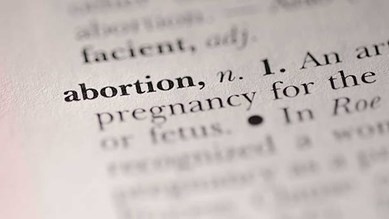

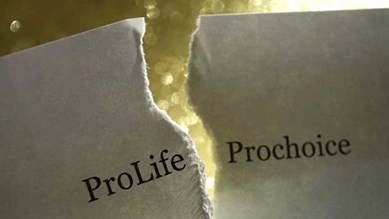










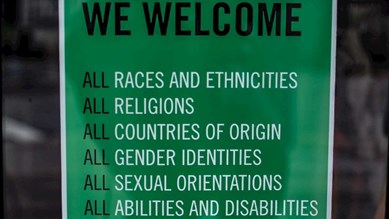

















 Do not test the waters, clean them and start making utopian thinking waves: Safer Spaces, and Prevention
Do not test the waters, clean them and start making utopian thinking waves: Safer Spaces, and Prevention







